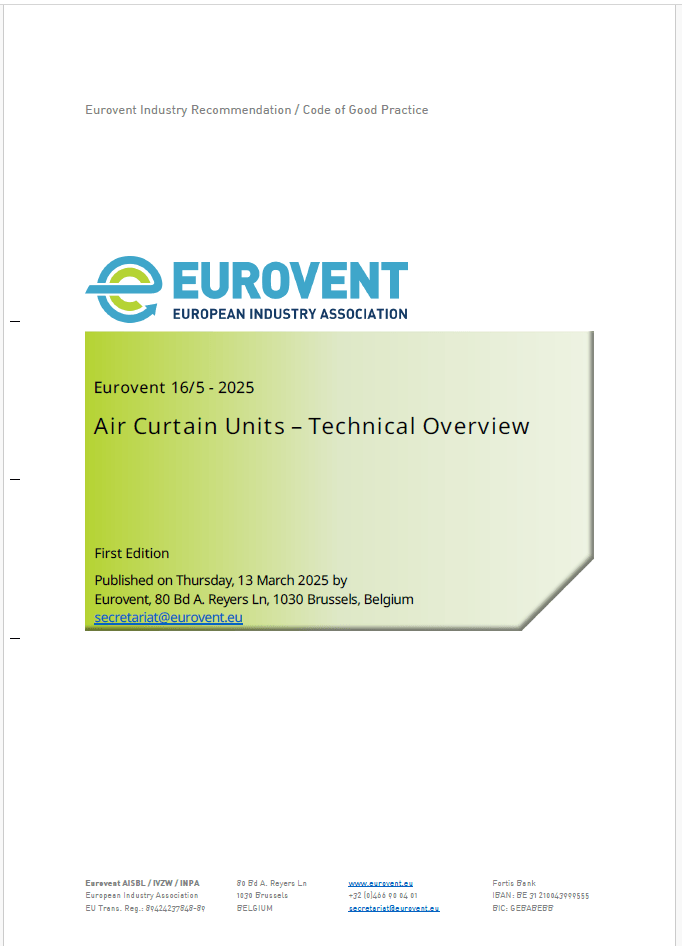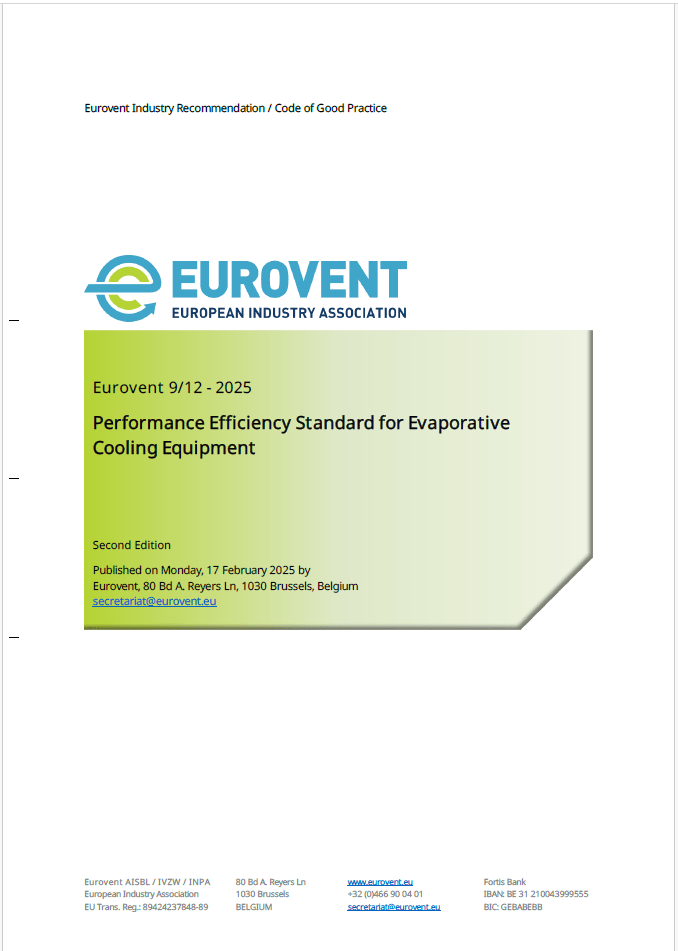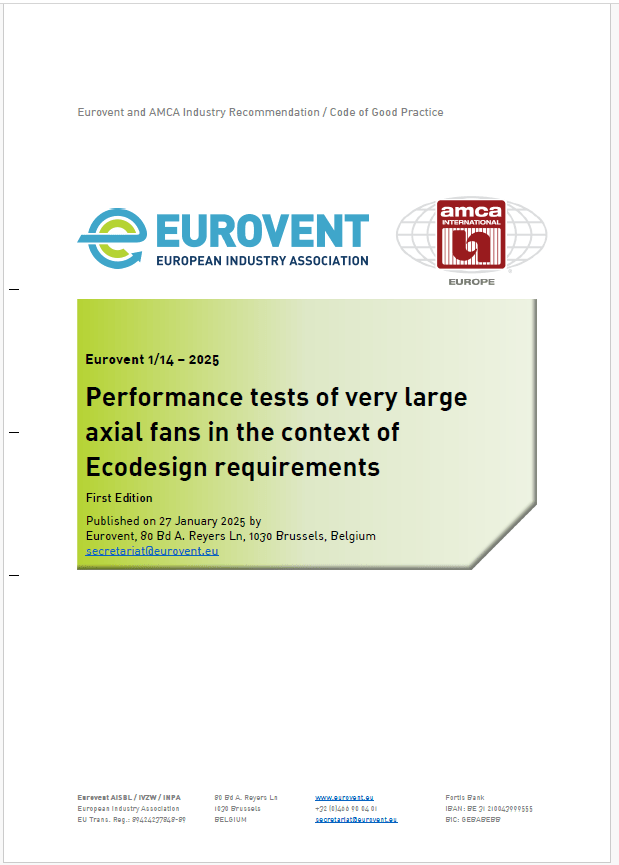EME-GEN – 200004.00. In this technical paper, Mr Tobias Zimmer, VP – Product Management and International Standards at Camfil shares some insight on Comfort IAQ. Many factors are rather well known for their ability to create a good indoor air climate, but when it comes to airborne particles, there is no great deal of documentation to consult and set requirements. Nor are there much of other specific guidelines. The new, product-neutral and free online calculation tool “Comfort IAQ” helps to understand the mechanisms behind IAQ and gives a good indication on what would be the impact on indoor air quality (IAQ) due to air exchange, outdoor air environment, air filter selection and building envelope characteristics.
Abstract:
Many factors are rather well known for their ability to create a good indoor air climate, but when it comes to airborne particles, there is no great deal of documentation to consult and set requirements. Nor are there much of other specific guidelines. The new, product-neutral and free online calculation tool Comfort IAQ helps to understand the mechanisms behind IAQ and gives a good indication on what would be the impact on indoor air quality (IAQ) due to air exchange, outdoor air environment, air filter selection and building envelope characteristics.
Comfort IAQ allows to simulate the concentrations of Particulate Matter (PM1, PM2.5, PM10) in a specific ventilated room, depending on the chosen supply air filter quality. To model the room and the supply air conditions in a realistic way, Comfort IAQ allows to define besides outdoor air conditions (ODA) also the room dimensions, the air changes, the recirculation air rate as well as the supply air filter quality (based on ISO 16890, EN779 or ASHRAE 52.2). Based on these values, the Comfort IAQ tool provides an estimation of the indoor particle concentration and gives engineers and planers a good tool to optimize the Indoor Air Quality, by choosing the best combinations of supply air filter qualities and ventilation rates for a specific application. The algorithms in the online tool Comfort IAQ have been developed by Lars Ekberg, (Docent-installallationsteknik, Chalmers Tekniska Högskola) and the accuracy of the calculations was verified by comparing them with measurements in a full-scale test chamber.




















